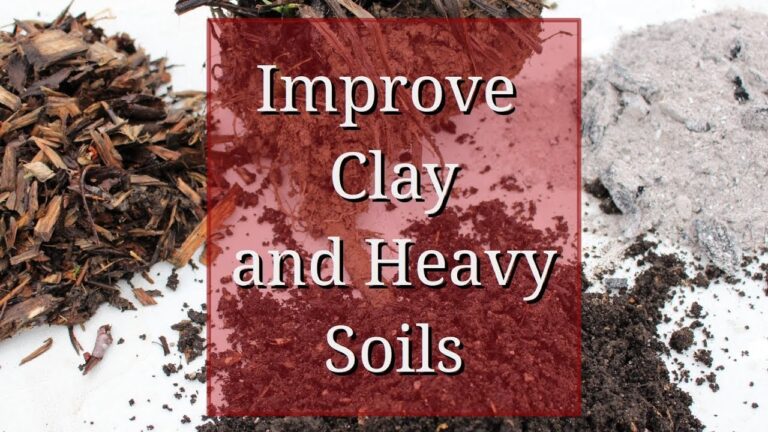Gardeners love a good tip, and the internet is full of them: sprinkle Epsom salts for magical blooms, bury a fish for bumper crops, or save banana peels as a superfood for plants. But do these techniques really work? Jason from Fraser Valley Rose Farm dives into these popular myths, not to discourage curiosity but to guide gardeners toward techniques that truly help their plants thrive.
Jason’s perspective is clear: gardening should be fun and experimental, but some myths can distract from best practices—or worse, create unintended problems. Let’s break these down, myth by myth.
Epsom Salts: Not the Fairy Dust You Hoped For
Epsom salts, or magnesium sulfate, are often touted as a miracle amendment for roses, tomatoes, and other plants. But Jason cautions against sprinkling it around indiscriminately. While magnesium and sulfur are essential nutrients, most soils aren’t deficient in them. Adding too much magnesium can interfere with calcium uptake, potentially leading to issues like blossom end rot in tomatoes or general nutrient imbalances.
Studies on soil composition back this up. According to research from the University of Vermont, soils with high magnesium levels can negatively impact plant health by altering the soil’s cation exchange balance, making it harder for plants to absorb other essential nutrients like potassium and calcium.
Jason emphasizes that Epsom salts can have a place in gardening, but only if soil tests indicate a genuine deficiency. Otherwise, using a balanced organic fertilizer or compost is a safer and more effective choice.
Banana Peels: Compost Them, Don’t Worship Them
Banana peels have become the darling of DIY garden remedies. Rich in potassium, they’re often promoted as a plant superfood. But Jason points out their actual nutrient content—roughly 0.1% nitrogen, 0.1% phosphorus, and 2.3% potassium—is far from extraordinary.
“Banana peels are fine as part of a compost mix,” Jason explains. “But they’re no more special than a handful of oak leaves, spent flowers, or kitchen scraps.” Adding them to your compost pile ensures their nutrients are distributed evenly over time, mimicking how organic matter naturally breaks down in ecosystems.
However, Jason warns against fermenting banana peels into garden teas or “magic potions.” These nutrient-rich liquids can overwhelm soil microbiomes, triggering an unnatural bloom of bacteria and fungi. This disrupts the gradual nutrient release that plants are adapted to, potentially leading to imbalances and soil compaction over time.
Burying Fish: A Recipe for Chaos
The idea of burying fish beneath plants dates back centuries, with Indigenous agricultural practices often cited as evidence of its effectiveness. While Jason acknowledges that decomposing fish can enrich soil, he cautions against this method in modern backyard gardens.
“In my garden, burying fish would be like issuing an open invitation to raccoons and skunks,” Jason jokes. “They’d dig it up in no time, disturbing the plant and creating a mess.”
Moreover, decomposition of high-protein materials like fish can create anaerobic conditions in the soil, potentially harming root systems. Composting organic matter—or using fish emulsion fertilizers designed for gardening—is a safer and more predictable way to reap the benefits of fish-based nutrients.
Why Do Garden Myths Spread?
Jason reflects on why these myths gain such traction. “It’s tempting to believe in a secret shortcut,” he says. “We all want to unlock a hidden key to gardening success.” However, the reality is that plants thrive on consistent care, proper watering, and a balanced supply of nutrients—not quick fixes.
Gardeners often see short-term results from these techniques, which may reinforce their belief in the myth. For instance, adding Epsom salts can temporarily boost magnesium levels, causing a flush of growth. But over time, the downsides—such as calcium uptake issues—can outweigh the benefits.
Experimentation and Curiosity Are Good
While Jason doesn’t shy away from debunking myths, he encourages gardeners to stay curious and experimental. “It’s okay to try things,” he says. “Gardening is a journey, and we all learn through experience.”
Instead of relying on trending tips, Jason recommends focusing on practices grounded in soil science and ecology. Composting, mulching, and using balanced fertilizers are timeless techniques that support healthy, resilient gardens.
Resources for Further Learning
For those interested in diving deeper into garden myths, Jason points readers toward trusted experts. Robert Pavlis, author of Garden Myths, offers evidence-based insights into common gardening practices. Jason also highlights Ashley from Gardening in Canada, who shares soil science-focused advice on YouTube.
The Takeaway
Garden myths, while alluring, often overpromise and underdeliver. By sticking to proven techniques and staying informed, gardeners can save time, money, and effort while nurturing thriving plants.
As Jason puts it, “The best gardening secret isn’t a secret at all—it’s a commitment to understanding your plants, your soil, and your environment. Everything else is just a bonus.”



